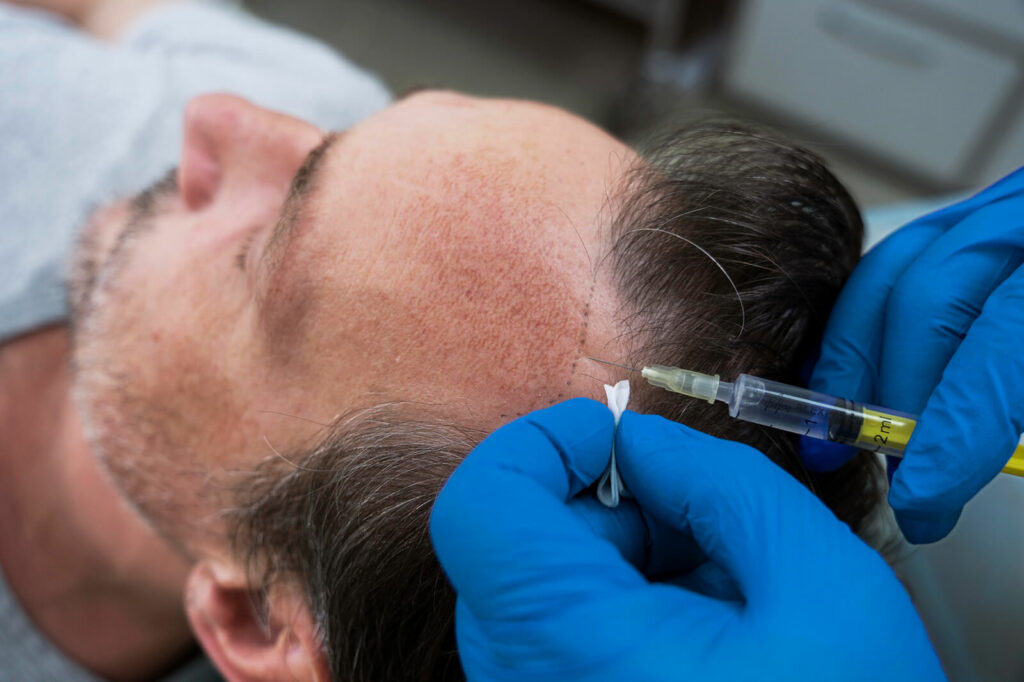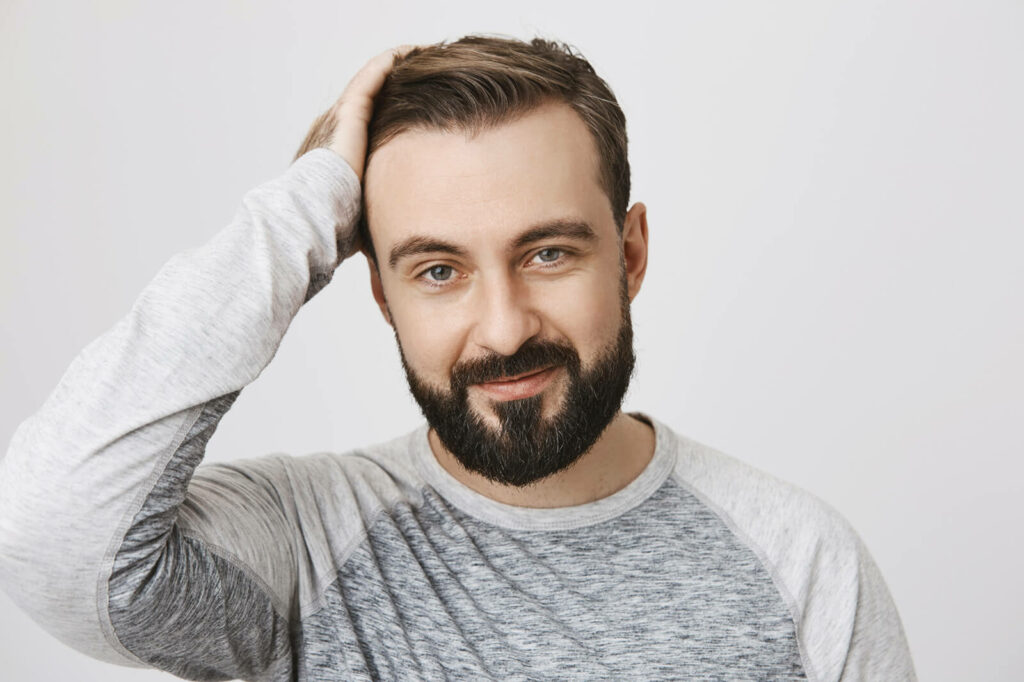Hair Transplant Repairs

Are you struggling with hair transplant complications? Don’t worry, help is here.
In this article, we will guide you through the importance of hair transplant repair and the various surgical and non-surgical solutions available to you.
Whether you’re dealing with unnatural hairline, scarring, or poor density, our experienced hair transplant repair specialists in Los Angeles are ready to assist you.
Say goodbye to your hair transplant worries and hello to a confident, natural-looking appearance.
Common Causes of Hair Transplant Complications & Issues
You should be aware of the common causes of hair transplant complications in Los Angeles. One of the key factors that can lead to complications is improper post-operative care. Following the instructions provided by your surgeon is crucial in ensuring a smooth recovery.
Another cause of complications is incorrect graft placement. The skill and experience of the surgeon in placing the grafts can greatly impact the final result.
Donor site damage is also a potential complication. Care must be taken to minimize any trauma to the donor area during the extraction process.
Infection risks shouldn’t be overlooked either. Proper sterilization techniques and post-operative care can help reduce the chances of infection.

Understanding the Importance of Hair Transplant Repair
Understanding the importance of hair transplant repair is crucial for achieving satisfactory results and restoring your confidence in your appearance. Hair transplant failure can occur due to various reasons such as improper technique, inadequate post-operative care, or even natural factors like thinning or balding in the donor area.
To address these issues, hair transplant repair techniques have been developed to correct and improve the results of previous procedures. Scar revision helps to minimize the visibility of scars left behind by previous surgeries, while graft extraction allows for the removal and re-implantation of poorly placed grafts.
Additionally, donor hair preservation techniques are employed to ensure the longevity and viability of the donor hair, enhancing the overall outcome of the procedure. By understanding and exploring these repair options, you can achieve the desired results and regain your confidence in your appearance.
Surgical Options for Hair Transplant Repairs
There are several surgical options available for hair transplant repair in Los Angeles, including scar revision and graft extraction techniques. When it comes to alternative treatments for hair loss, these surgical options provide a more permanent and effective solution.
Here are four key factors to consider when discussing hair transplant repair in Los Angeles:
- Success rate: Hair transplant procedures have shown high success rates in restoring hair growth and improving overall appearance.
- Post-operative care: After undergoing a hair transplant, patients need to follow a strict post-operative care routine to ensure proper healing and optimal results.
- Hair transplant techniques and advancements: Los Angeles is known for its advanced hair transplant techniques, such as follicular unit extraction (FUE) and robotic hair transplantation, which offer more precise and natural-looking results.
- Cost: The cost of hair transplant repair in Los Angeles can vary depending on the extent of the procedure and the clinic chosen. It’s essential to consider the long-term benefits and the expertise of the surgeon when evaluating the cost.

Non-Surgical Solutions for Hair Transplant Repair
Looking for a less invasive option? Consider non-surgical solutions for hair transplant repair in Los Angeles, such as platelet-rich plasma therapy or laser hair therapy. These hair restoration treatments offer a non-invasive approach to scalp rejuvenation and are becoming increasingly popular as hair transplant alternatives.
With advanced hair repair techniques, these non-invasive solutions can help stimulate hair growth and improve the overall appearance of your hair.
Platelet-rich plasma therapy involves using your own platelets to promote hair growth. The platelets are extracted from your blood and then injected into the scalp, where they release growth factors and stimulate hair follicles. This treatment is safe, effective, and requires no downtime.
Laser hair therapy, on the other hand, utilizes low-level laser therapy to stimulate hair follicles and promote hair growth. The lasers increase blood flow to the scalp, nourishing the hair follicles and encouraging new hair growth. This treatment is painless, non-invasive, and has no side effects.
If you’re looking for non-invasive solutions for hair transplant repair in Los Angeles, consider platelet-rich plasma therapy or laser hair therapy. These advanced hair repair techniques can help you achieve the results you desire without the need for surgery.
Choosing the Right Hair Transplant Repair Specialist in Los Angeles
Make sure you research and interview potential hair transplant repair specialists in Los Angeles to ensure they’ve the necessary expertise and experience to meet your needs. When evaluating their expertise, consider the following:
- Success rates: Look for specialists who’ve a proven track record of successful hair transplant repairs. This will give you confidence in their ability to deliver satisfactory results.
- Patient testimonials: Reading or watching testimonials from previous patients can provide valuable insights into the specialist’s skills and patient satisfaction. Look for positive feedback and before-and-after photos that showcase the transformation.
- Cost considerations: While it’s important to consider the cost of the procedure, be cautious of extremely low prices. Quality hair transplant repair specialists often charge a fair price that reflects their expertise and the advanced techniques they use.
- Post operative care: Inquire about the post-operative care and support provided by the specialist. A good specialist will ensure that you have all the necessary information and resources to have a smooth recovery and optimize the results of your hair transplant repair.
